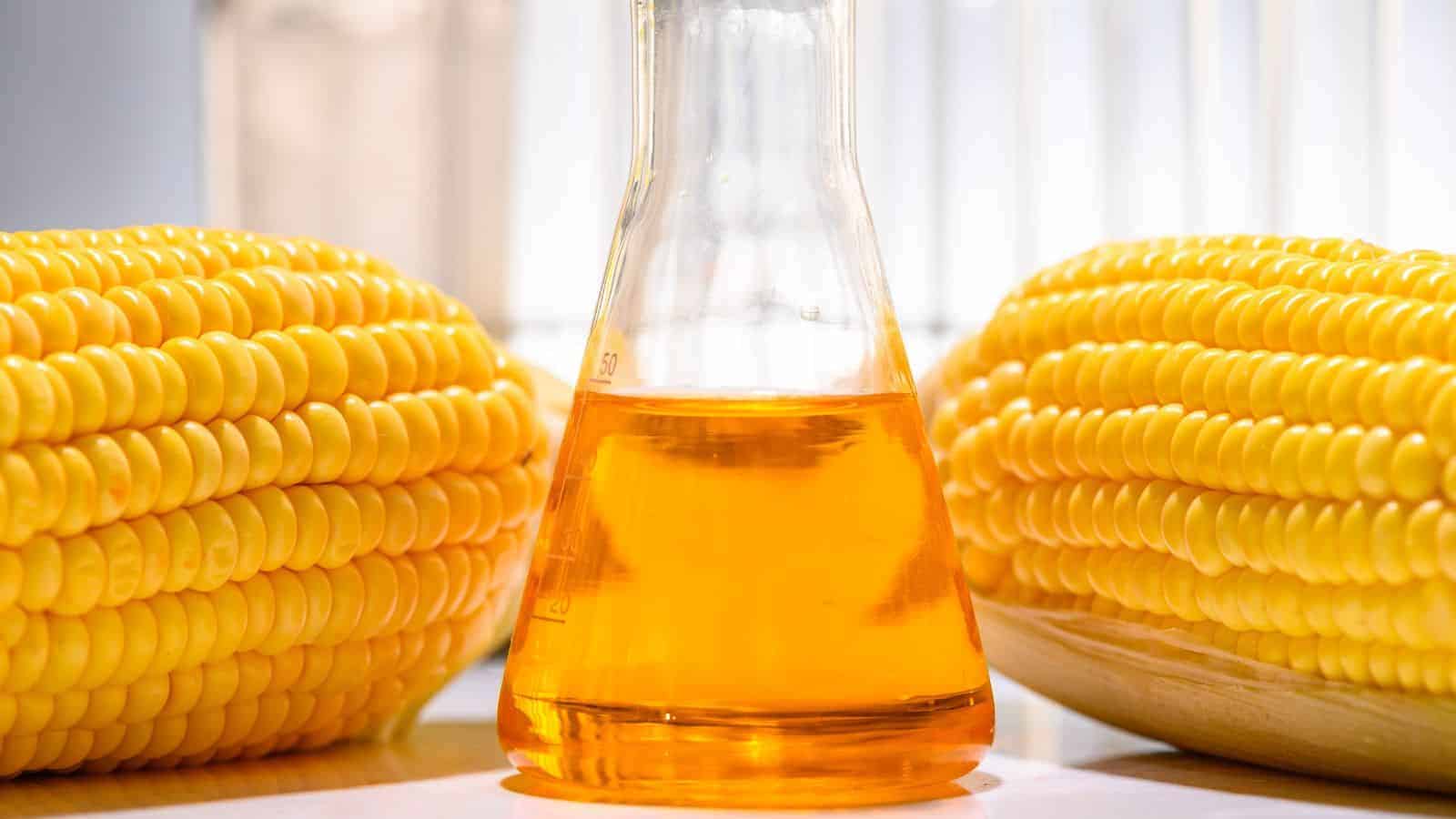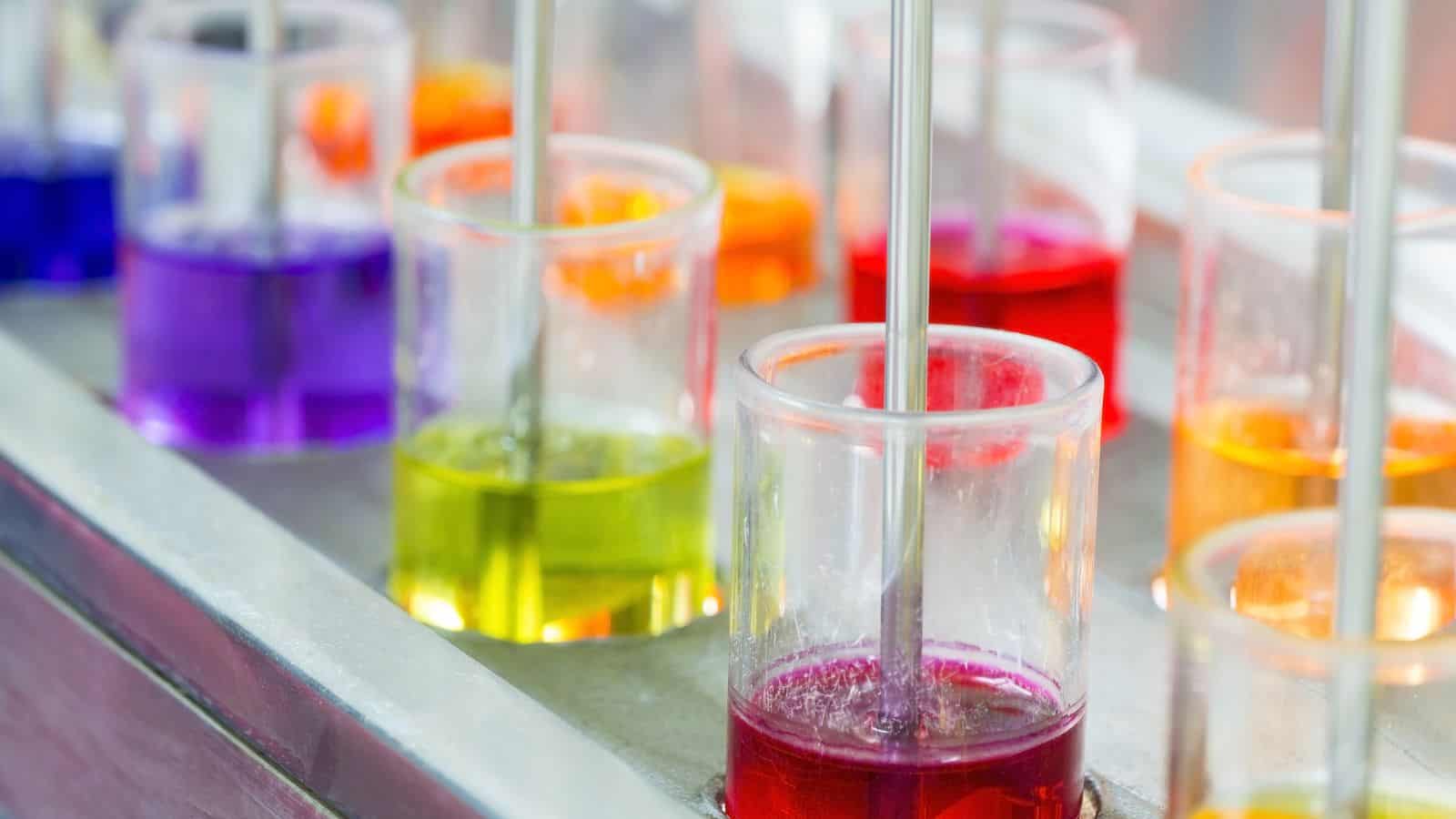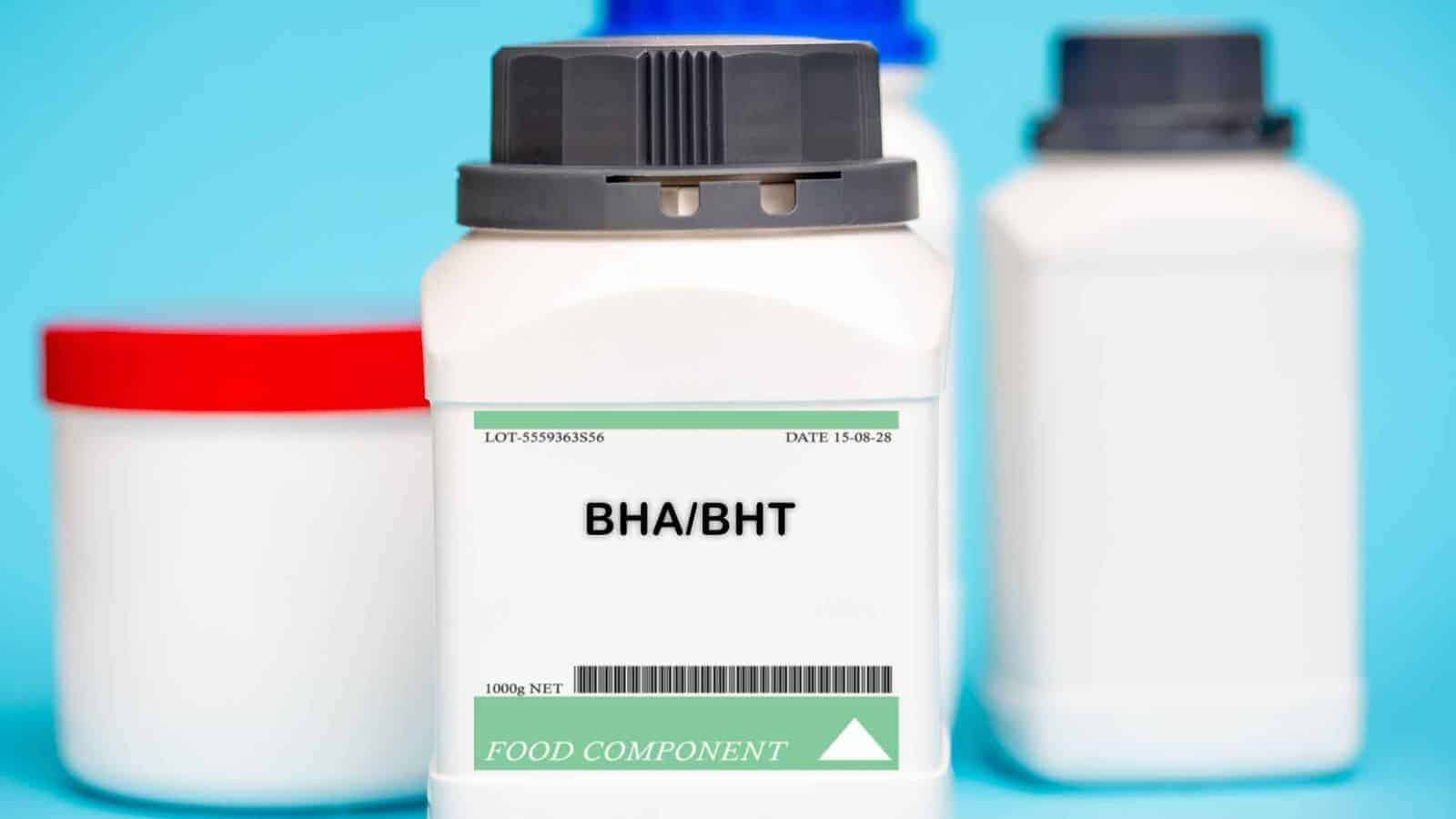Whatever your thoughts are on food safety standards in the U.S., it’s pretty clear that there are quite a few foods that wouldn’t make it onto the shelves of some supermarkets around the world. So, here are 18 American foods that are banned in other countries.
American M&Ms

The food dyes used in American M&Ms are famously banned in the EU due to concerns about hyperactivity in children. WBUR tells us how they’ve replaced the colorings with natural alternatives, such as red cabbage, lemon, and radish, to reduce any health risks.
Chlorine-Washed Chicken

It’s illegal for any country in the EU to wash their chicken with chlorine, although it is a common practice in the U.S. The reason for this ban is to reduce chemical exposure for those eating the food, although the U.S. health standards organizations don’t see this as an issue.
Growth Hormones in Beef

There are a lot of countries throughout the world that have an outright ban on any U.S. beef product that contains growth hormones. These growth hormones have the potential to disrupt the balance of human hormones which, in turn, can cause health problems if too much is consumed.
Azodicarbonamide in Bread

True Cellular Formulas informs us about the dangers of azodicarbonamide in bread and how it’s banned in the UK and Europe. It’s known as the ‘yoga mat chemical’ because it’s used in yoga mats to make them stronger and rubbery. So we probably shouldn’t be eating it here in the U.S.!
Genetically Modified Papaya

The fruit papaya doesn’t come up a lot in conversations around food hygiene at home, but it is more of a hot topic between officials. EU and Mexican governments have strict regulations against using GMOs, and the U.S. is guilty of using a lot of these in papayas.
Kraft Macaroni and Cheese

Mac and cheese out of the box is a regular meal for many Americans, but its recipe on our shelves is banned in Europe due to links with hyperactivity in children. The UK still sells it, but with a modified recipe that has removed the controversial, banned ingredients.
Arsenic in Apple Coating

Did you know that non-organic apples in the U.S. are coated in a chemical wax that contains arsenic, which has traditionally been used as a poison? Sure, you’re not going to die from eating an apple or two, but long-term consumption of them has been linked to cancer.
Fat-Free Snacks with Olestra

Olestra is banned in several countries, such as the UK and Canada, because of its links to digestive issues. It was once hailed as a breakthrough for fat reduction, but now, countries are seeing the negative effects on personal health.
High-Fructose Corn Syrup in Beverages

There are a number of health risks in high-fructose corn syrup, according to Healthline. These include diabetes, fatty liver disease, and a handful of other serious illnesses. So, as you’d expect, they’ve been swapped out for alternative sweeteners in quite a few countries, but not the U.S.!
Ractopamine in Pork

Ractopamine is a chemical added to the feed of pigs produced for pork to make them extra lean. This has raised concerns for the health of people eating the pork produced with this chemical. As such, the EU, China, and a handful of other countries have banned it.
Artificial Food Dyes

We talked about M&M’s before, but artificial food dyes in general are often banned or at least warned against in many countries, particularly in the EU. These dyes are often found in candies, beverages, and other processed food, but you won’t find them often or at all in Europe.
BHA and BHT in Food

You might not have heard of these two chemicals, but they’re pretty common preservatives and antioxidants used in a range of foods here in the U.S. However, both of them are suspected of causing cancer, so they’re banned in some other countries.
GMO Salmon

There has been a lot of debate about how we eat our salmon and one of the main arguments is about the role of GMOs. Something a lot of people don’t know is that it was the first genetically modified animal to be approved for human consumption, but it’s banned in many countries.
Chlorpyrifos in Produce

Earthjustice makes a very strong case that chlorpyrifos should be totally banned due to serious issues with children’s developing brains. They actually succeeded in getting the pesticide banned in 2021, but this ban only lasted a couple of years due to pushback from agribusiness and chemical manufacturers.
Atrazine in Sugarcane

There are a couple of key reasons why atrazine is an issue when used as a herbicide in sugarcane. It’s known to cause water contamination and harm wildlife (which is the key reason that led to its ban in the EU), and also causes health risks including birth defects.
Potassium Bromate in Bread

Here’s another ingredient found in a lot of bread in the U.S. despite its health issues. The reason for this is that it’s good for strengthening dough and helping it to rise, but the fact that it has potential carcinogenic effects has led it to be banned in the EU, Canada, and China.
Diacetyl in Flavorings

Diacetyl was once a very popular flavoring agent, but over time it became clear that it caused respiratory issues in those who consumed it and in workers exposed to it. Despite this, it is still often used in the U.S., including as a butter flavoring for microwave popcorn.
Yellow No. 5 and No. 6 Food Dyes

Food dyes seem to be somewhat of a common theme when it comes to foods that cause health complications. These two in particular are thought to impact activity and attention in children but still, they’re found in numerous food products in the U.S., including lots of candies and other snacks.
